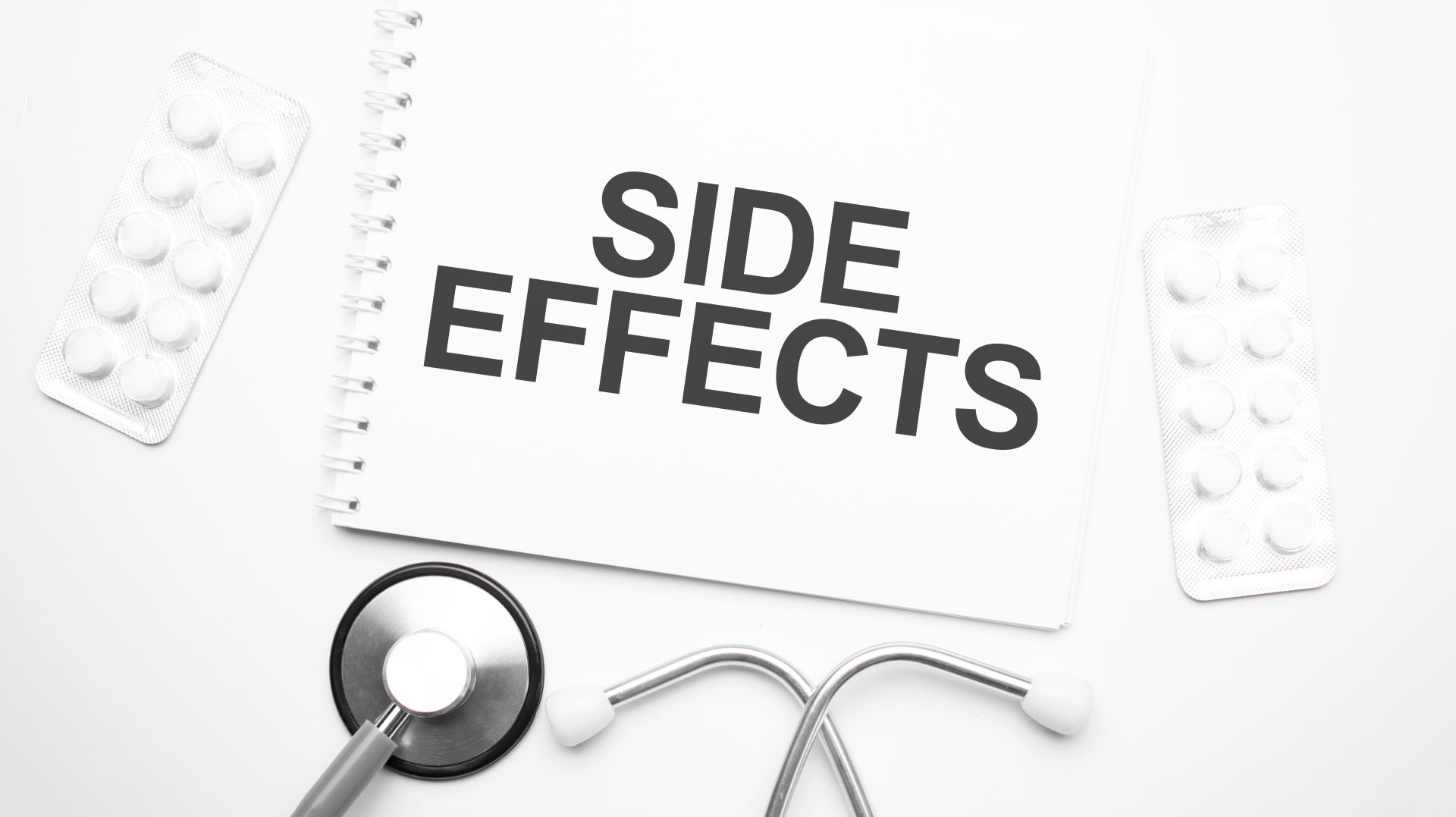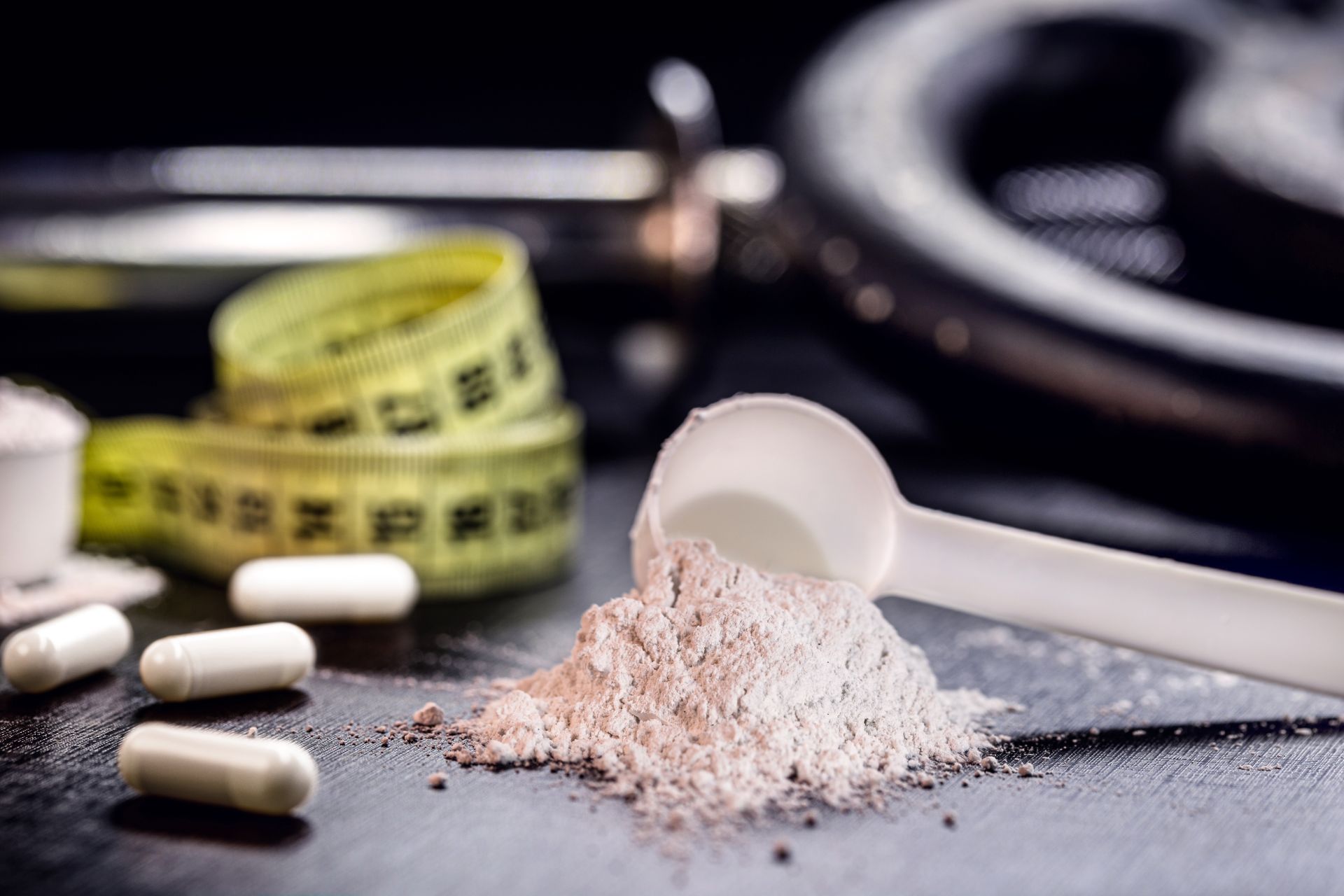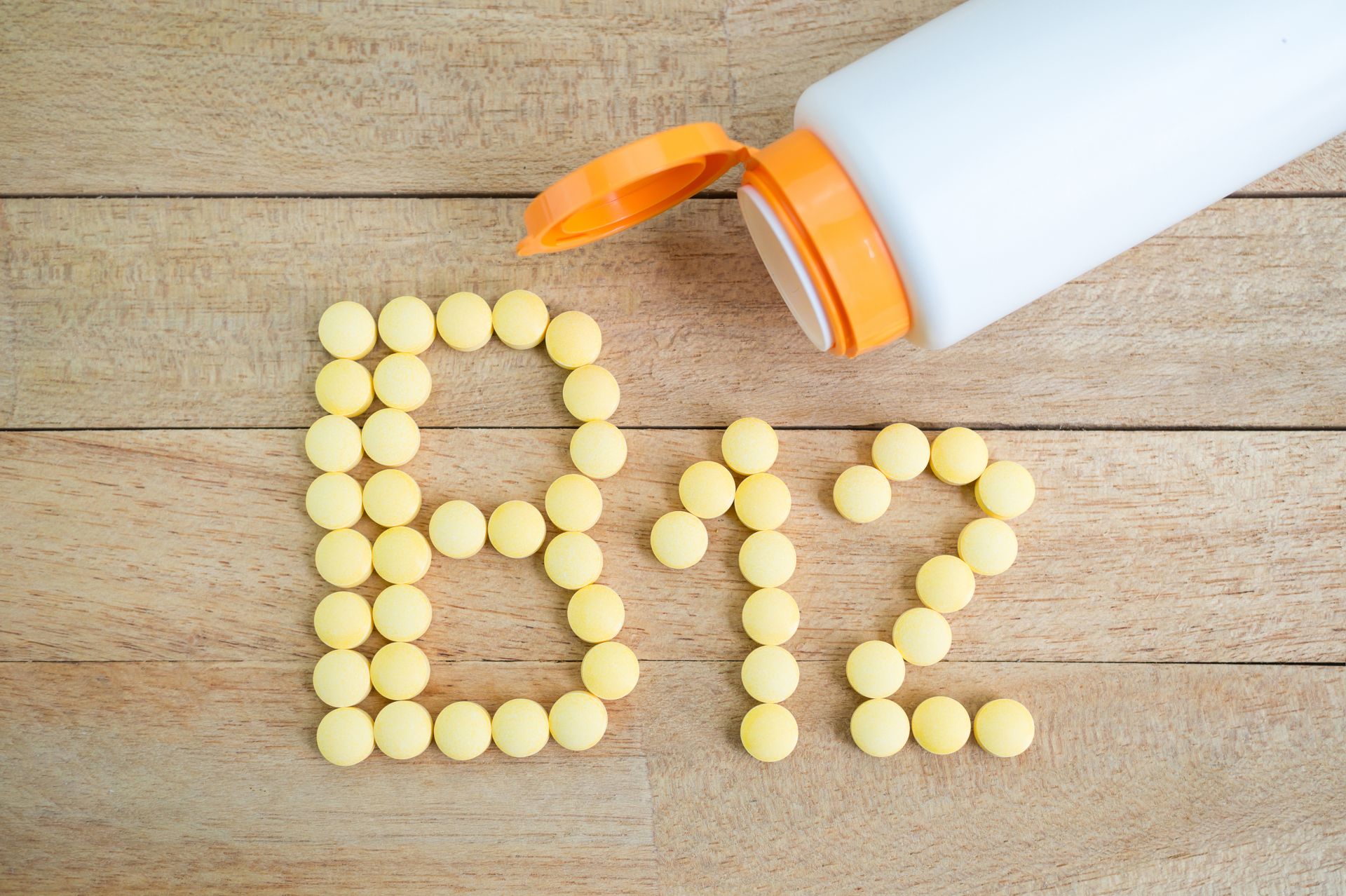
Preparations with NAC have been present in medicine for several decades. Dietary supplements with this amino acid are also steadily growing in popularity. The scale of NAC's documented benefits is impressive, so no one is surprised by this popularity. However, is there a catch? What do you need to watch out for when supplementing with NAC? Are there any side effects of NAC? Read to the end!
- Side effects of NAC supplementation
- Interactions of NAC with drugs
- At times, NAC can act as an oxidant
- With caution in athletes
- Summary
Side effects of NAC supplementation
Orally administered NAC is associated with very few side effects and is considered to have an excellent safety profile. When administered orally, the most common side effects are gastrointestinal symptoms such as nausea and vomiting. Other reactions include itching and erythema.
Due to its sulfur content, the smell of NAC powder is sour and resembles... a rotten egg. In addition, it is very intense. Not surprisingly, the predominant side effects involve gastrointestinal discomfort. It is advisable to choose proven NAC supplements, which are encapsulated in soft capsules and well purified from powder residues, thus minimizing the smell. Tablet and powder form
Its toxicity is rare, depending mainly on the route of administration and dose. In 1997, one case of angioedema after oral administration of NAC was described. In 2002, one death was described as a result of an anaphylactic reaction after an intravenous injection of 150 mg/kg NAC to a 40-year-old woman with asthma. With comparable intravenous doses, vomiting was also reported in 11% of patients.
In general, oral administration is by far the safest. A greater number of side effects are noted with inhaled administration, and the greatest with intravenous infusions.
Interactions of NAC with drugs
NAC can reduce the excretion of various drugs, i.e. increase their concentration/cause accumulation. These include:
- pravastatin,
- valsartan,
- erythromycin,
- thorasemide,
- lowastatin,
- liothyronine,
- digoxin,
- cerivastatin,
- raloxifene,
- caspofungin,
- enalapril,
- simvastatin,
- penicillamine.
The serum concentration of eluxadoline can be increased in combination with NAC.
The therapeutic efficacy of NAC may be reduced when used in combination with oxytetracycline, trypsin or tetracycline.
Antitussives should not be administered concomitantly with NAC, as impairment of the cough reflex may result in accumulation of bronchial secretions. Administration of oral antibiotics and NAC should ideally be at least 2 hours apart, as their simultaneous administration may be associated with a decrease in antibiotic activity. Simultaneous administration of NAC and nitroglycerin should be avoided, as this causes hypotension.
At times, NAC can act as an oxidant
Although NAC is seen primarily as an antioxidant, it also has pro-oxidant effects. It can behave like an oxidant, undergoing autoxidation in high concentrations or in the presence of transition metals.
For example, NAC enhances the production of hydroxyl radicals by reducing iron Fe3+ to its catalytic, active form Fe2+.
NAC(SH) + Fe3+ → NAC(S●-) + Fe2+ + H+
Dose-dependent oxidative damage to DNA was observed when NAC acted in the presence of copper, which is a transition metal.
With caution in athletes
As with other antioxidants, caution must be exercised by athletes. This is by no means a health hazard, but more about the possibility of sabotaging athletic progress. An excess of antioxidants can slow down the adaptation process to strength training, depriving us of some of the health benefits that physical activity normally provides. At least this does not apply only to NAC, but to all supplements with antioxidant effects. This is because the physiological increase in free radicals after training participates precisely in the initiation of adaptation processes.
Summary
Remember that modulating the redox state of cells, tissues and organs is a delicate matter. Turning the dial too far in the direction of antioxidant activity can cause more harm than good. So in this case, more is not always better. While NAC is generally a very safe supplement when taken orally, either way, one should be prudent in choosing dosage, take into account other supplements taken (whether the sum of the antioxidant effect will be too strong) and ideally take cyclical breaks in use.
Sources:
 ⮜ Previous article
⮜ Previous article
How to dose creatine?
 Next article ⮞
Next article ⮞